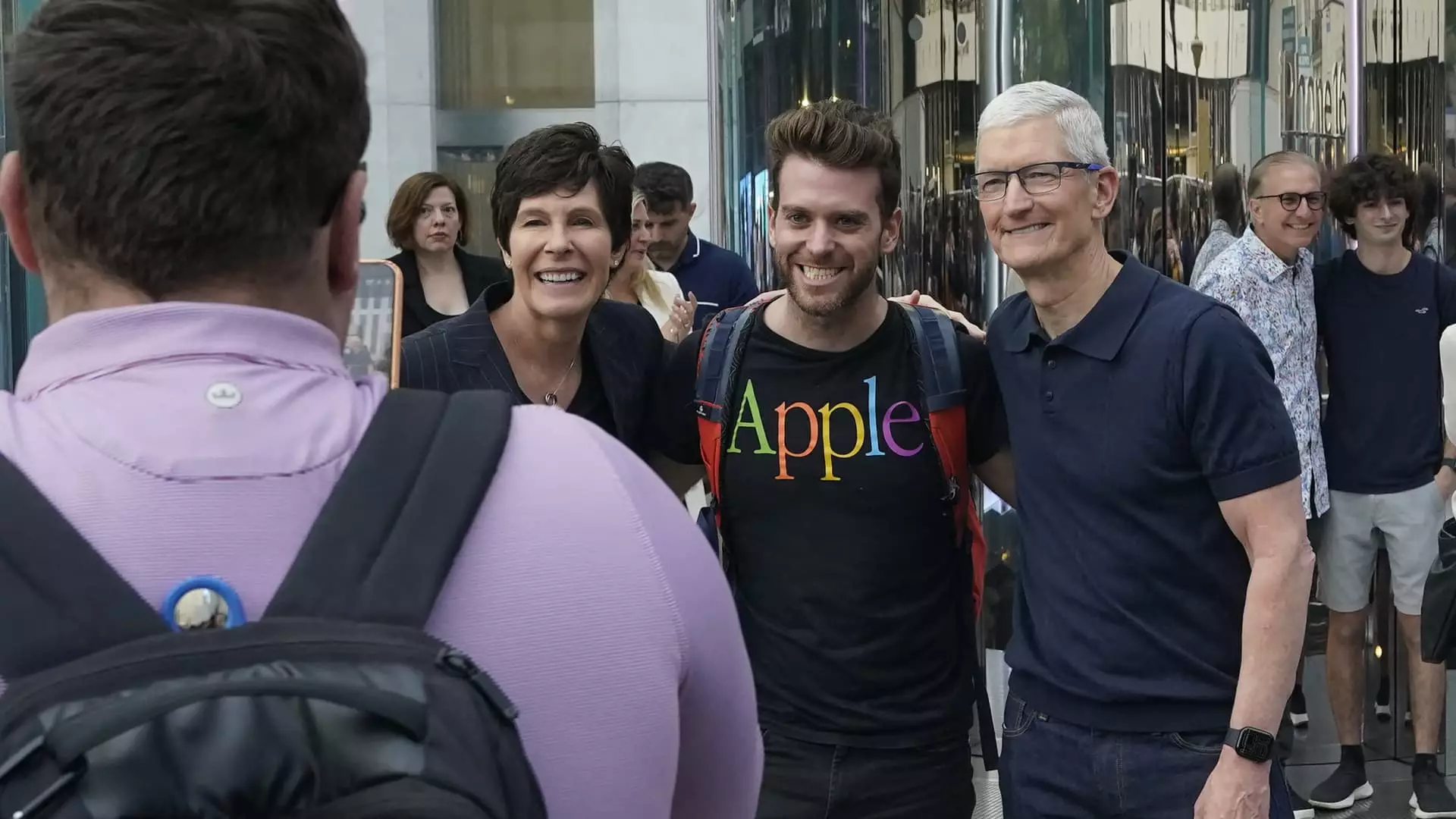Apple Inc. continues to be a key player in the tech landscape with its recent global launch of several high-profile products, including the iPhone 16, Apple Watch Series 10, and AirPods 4. While the excitement surrounding these releases was palpable, critical analysis of Apple’s latest offerings reveals underlying trends that may not align with the company’s historical reputation for groundbreaking innovation.
A New Era for iPhones
The iPhone 16 marks a significant step for Apple, mainly by introducing improved features centered around artificial intelligence. Announced earlier this month, the device’s pre-order phase kicked off on September 13, leading to widespread speculation and anticipation. One particularly notable feature is the enhanced Siri, which is set to illuminate the screen’s borders, offering a fresh take on user interactivity. However, despite the pre-launch buzz, some analysts have voiced concerns about the potential demand for these new devices.
Following the launch, analysts reported a disappointing performance in first-weekend sales compared to the iPhone 15, suggesting an approximate 12% decline. This downturn raises significant questions about Apple’s ability to maintain its appeal in an increasingly saturated smartphone market. While the introduction of new Apple Intelligence features, such as text rewriting and enhanced photo editing, seems promising, these advancements appear to be incremental rather than revolutionary. It begs the question: has Apple lost its edge in creating ‘must-have’ gadgets?
The anecdotal evidence from the launch day paints a mixed picture. Apple CEO Tim Cook, when approached by CNBC for commentary, remained noncommittal about sales trends, citing that it was too early to draw conclusions. This hesitation can be interpreted as a pertinent acknowledgment of the current market environment, which is less forgiving than in previous years.
Banks and financial institutions like Barclays and JPMorgan have echoed concerns regarding the demand for higher-end models, specifically the iPhone Pro series. Historically, these models have been the crown jewels of Apple’s line-up, yet this year’s tepid response invites speculation about shifting consumer priorities. The increased costs associated with the iPhone Pro variants may have deterred potential buyers, calling into question whether Apple has effectively aligned its pricing strategy with market demand.
The Watch and Earbuds: Solid, Yet Unspectacular
In tandem with the iPhone’s debut, Apple also launched the Apple Watch Series 10 and AirPods 4. While the Apple Watch series promises advancements like larger screens and new health monitoring features—such as Sleep Apnea detection—it lacks the hype typically associated with Apple’s groundbreaking devices. The refresh feels more like an evolution rather than a revolution, as consumers may have grown accustomed to incremental upgrades rather than transformative changes.
The AirPods 4 have similarly received modest updates, including a smaller charging case and noise cancellation features. While these are undoubtedly improvements, they may not create the same level of excitement as earlier iterations. This raises the question of whether Apple is attempting to cater to existing customers rather than captivate a broader audience.
As analysts from UBS have pointed out, the data around iPhone sales should not be overinterpreted. Persistent supply chain issues from previous years have impacted customer wait times, creating a distorted sense of demand. Comparative analysis reveals that last year’s customers faced a significantly longer wait time for the iPhone 15 Pro Max than this year’s models. Consequently, it suggests the market’s appetite may not be as dire as initial reports indicate.
However, examining these trends compels one to conclude that Apple must reassess its strategy moving forward. The company appears to be investing heavily in artificial intelligence, which may redefine future products and enhance customer experiences. Still, without a clear “killer app” or compelling reasons to upgrade, Apple must grapple with the reality of slowing growth rates and importantly, increasing competition.
While the iPhone 16, Apple Watch Series 10, and AirPods 4 showcase Apple’s commitment to innovation, it’s crucial for the company to rekindle its pioneering spirit. As consumer expectations evolve, Apple must strike a delicate balance between maintaining existing loyalties and attracting new users in an increasingly competitive tech industry.

Leave a Reply